What is Live Streaming and How Does it Work?
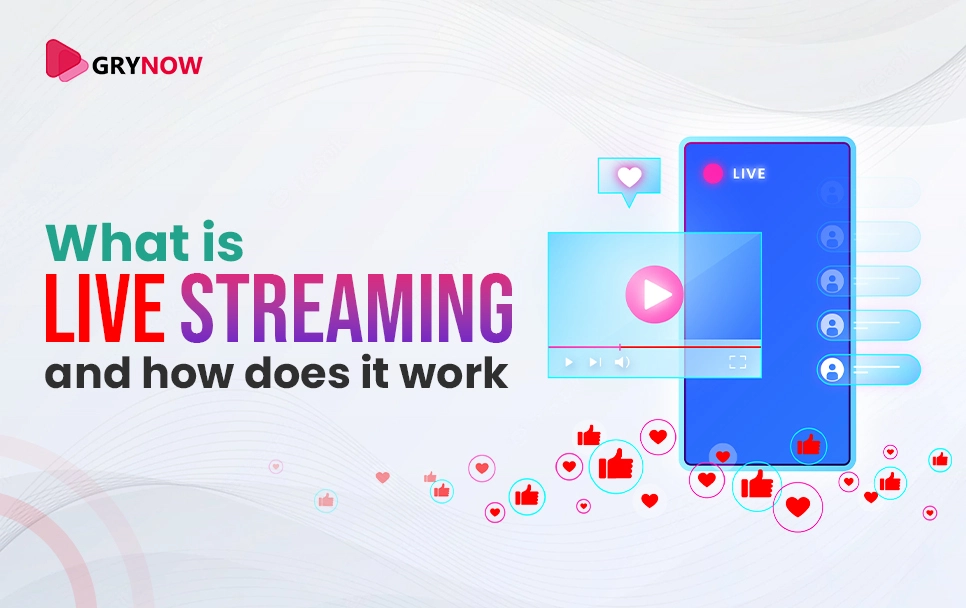
In the present age and time, Live streaming is a term that often comes up in the context of the internet and the different social media platforms. Live stream is fundamentally a technique used to transmit data as a video rather than a picture or text. Whenever you are watching a video on the internet directly, you can say that you are “streaming” the content. During streaming, the video is uploaded in small parts, usually from a remote storage location. This way, you do not have to wait till the video is downloaded, rather you can start streaming or watching the video even before the entire data has been uploaded.
Live streaming is the process of streaming a video directly from the internet. This means that instead of the video being downloaded and uploaded for the viewers, you can watch the same while it is being recorded. For example, if person A is live streaming, then rather than creating the video and storing it before they are made open to the public, you can watch the video while it is being created or recorded.
What Is Live Streaming?
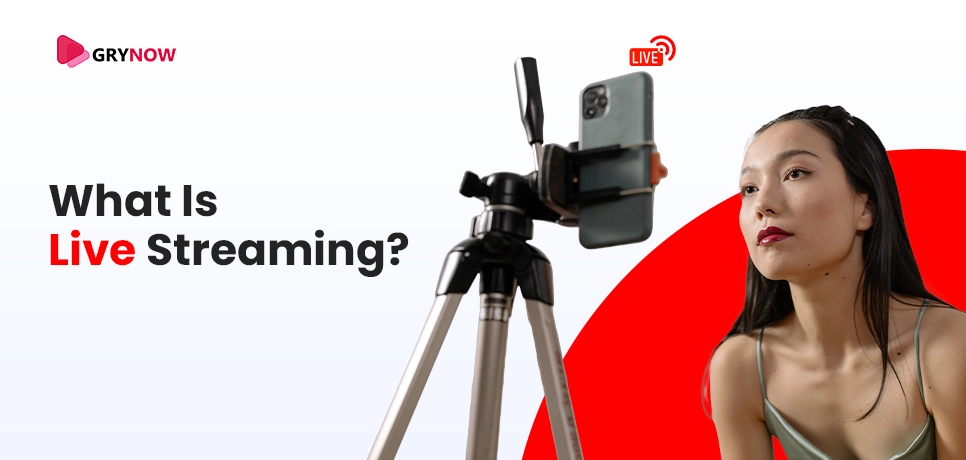
As mentioned before, live streaming is nothing but streaming a video or content over the internet where the viewers get to see the video in real-time. It is like how you can watch your favorite cricket match live from the stadium instead of recording the match and then airing it on the channel later or time. To live stream videos, all you need is a mobile or a camera with an internet connection and a platform to live stream it on.
The leading social media sites like Facebook, Instagram, And TikTok as well as platforms like YouTube, have live streaming facilities that enable the content creator’s tor to reach their audience quickly, without any delay. Even Skype, Zoom, and other video conferencing channels like Google Meet use live streaming technology regularly. Live streaming videos are so popular that viewers can comment and express their views while watching the video, all in real-time.
How Does Live Stream Work from a Technical Standpoint?
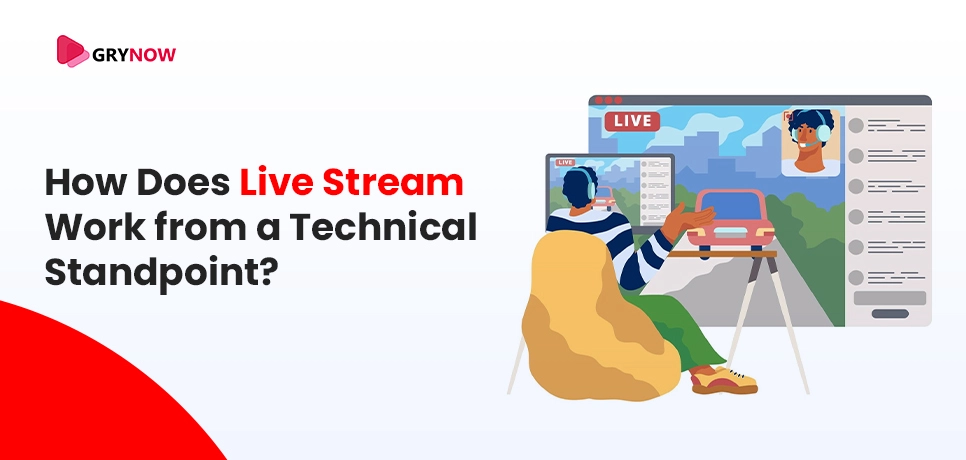
During a live stream, there are certain technical attributes that the streamers need to be aware of. While the viewers probably do not know much about the tools and the technology that works behind the camera, these technical features are important to stream videos of the best quality. The steps behind a great live stream video include the following.
Compression And Encoding
After the video has been captured on the camera, the next step is to compress and encode the video where the extra information is removed, the video is re-structured into an interpretable format for the internet.
Segmentation
Live streaming videos means that the video is uploaded bit by bit. Since sending the full video is more time-consuming, the content is segmented into smaller portions, making the process quicker. While the entire video is 3 minutes long, each segment is only a few seconds long.
CDN Servers and Caching
After the video has been compressed, encoded, and segmented, it is now ready for the viewers. CDN servers are used to distribute the video on behalf of the origin server. Not only is the process faster, but the video's quality is much better. CDN servers temporarily save each segment of the live stream video and reduce the effective load on the origin server.
Decoding And Live Stream
The viewer’s device already has all the necessary tools to decode and live stream a video. Each segment is decoded and decompressed, which is then ready for playback. The media player on your device either has an inbuilt application or a video player that allows you to live stream the video.
What are the Uses of Live Streaming Videos?
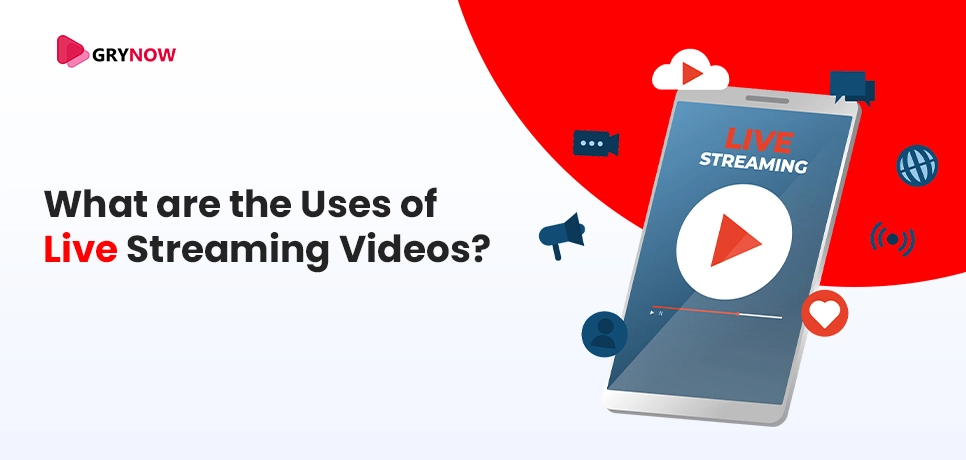
Live streaming can create a tremendous impact on the target demographic. Views through live streams can establish a relationship with their icons as they comment and state their views during the streaming. In the digital marketing era, using live streaming to engage with the audience can have multiple benefits. From boosting sales to understanding customer psychology and positively affecting their purchasing decisions. With live streaming videos, you can be a part of your favourite band or your top comedian’s performance, even if you cannot make it to the venue. The uses of live streaming include the following.
Virtual Events
Be it an official event or your most-loved musician setting the stage on fire, with live streaming, you can enjoy every minute to its fullest without any spoilers. Though the experience might lack in certain sectors, you do not have to wait for others to upload the recording. In fact, it would almost feel like you are physically present and having the time of your life with the crowd.
Sports Coverages
A football fanatic or a cricket enthusiast will give up on more important things to watch their favorite players make the winning goal and score a century on the field. While recording a match and watching it later is a valid option, it does not provide the thrill of being present at the stadium and sharing the moment with fellow supporters. By live streaming the match you can celebrate at the exact moment the winners are announced and during every second of the game.
Marketing and Advertising
The use of live stream to engage the audience is probably one of the biggest perks of this technology. Digital marketing strategies incorporate social media marketing and social commerce through which a brand aims at expanding its business and reaching out to more people than usual. And social media influencers and personalities gain their followers through regular posts, reels, and live streaming videos. While streaming a video, the followers and the viewers get a chance to interact with the influencers, ask questions, establish interpersonal relationships, and even enquire about a specific product or service. Live streaming not only boosts sales and attracts customers but also ensures that the customers are satisfied.
The uses of live streaming are many. Almost every industry has a specific reason to encourage video content and live streaming as most of the activities today take place online, via the world wide web.
What is the Difference b/w Regular Streaming and Live Streaming?
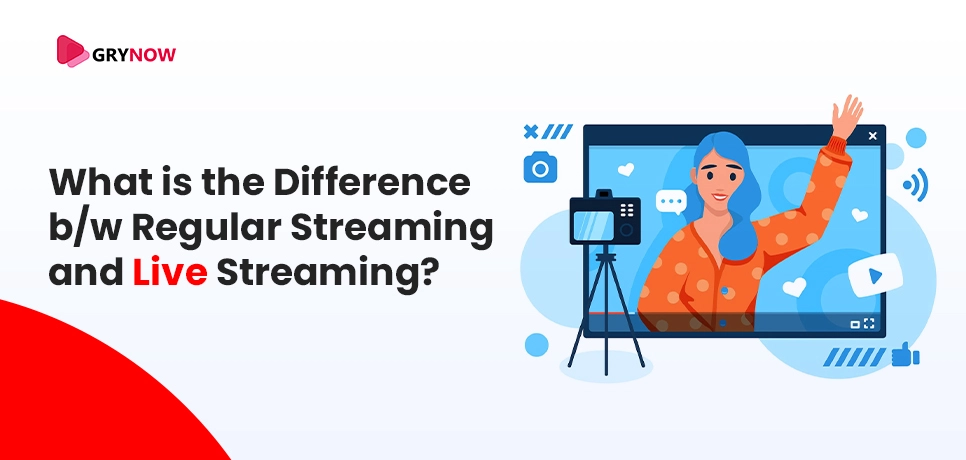
Any form of sending and receiving video data over a computer network is termed streaming. While streaming videos, the data can be uploaded days ago, or the recording can be done much before the actual video is made available to the viewers. Live streaming is essentially streaming such files, but the key difference is that the viewer gets to consume the multimedia content in real-time, without any gap between the upload and the viewing. In the case of streaming, the entire content is a steady stream that is uploaded continuously without any segmentation. On the other hand, for live streaming, the content is broken down into smaller fragments and each segment is uploaded one after the other. The time taken to upload or download a streaming video is much greater than that for live streams. Rather, you get to see the video at the very instant it is being recorded. Leading streaming platforms include OTTs like Netflix, Amazon Prime, Disney Hotstar, and YouTube. For live streaming, the preferred platforms are social media sites like Facebook, Instagram, and Twitter. Interestingly, YouTube has provisions for regular streaming as well as live streaming videos and other multimedia content.
Also Read About: - 10 Best Games to Stream on Twitch
What Makes Live Streaming Videos So Popular?
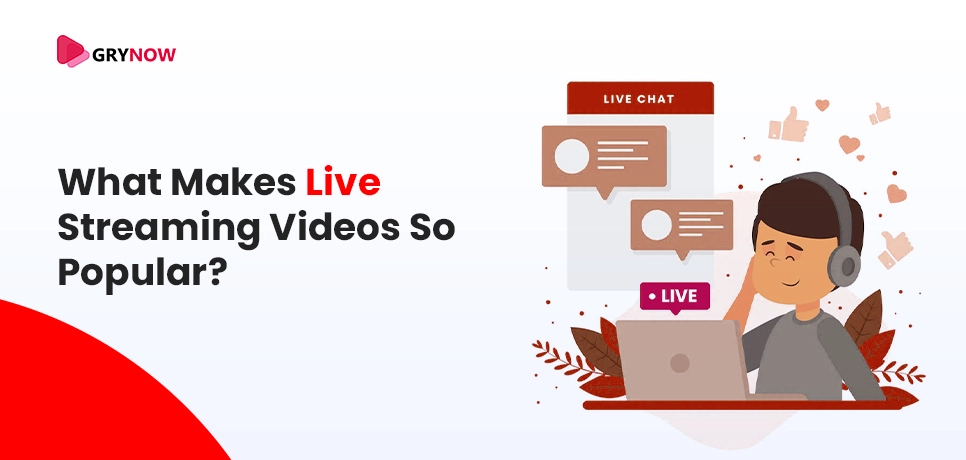
Broadcasters and content creators love live streaming as do the viewers. The benefits of live streaming have made this method one of the top choices for content creators and here’s why.
- High Quality of the streaming videos through CDN servers that ensure that the video plays without any buffering or pauses in between. The CDN servers cache the videos and reduce the load from the origin server.
- In the last two years, physical events have taken a backseat. Besides such events have a limitation on the number of audiences depending on the venue. With live streams, you can accommodate as many heads as you want without any restriction on the upper limit.
- Live streaming is not restricted to simple audio and video files. From pictures and texts to live chats and direct interaction— live streams allow several types of content that make it easier for the viewers to connect with their favorite celebrities and content creators.
- Live streaming a video is super easy and does not entail any major setup. All you need is a good quality camera or a smartphone to record and stream the video and quality content to engage and entertain the users. The technical nitty-gritty that goes behind the camera does not pose any issues for the streamers and the viewers.
- While streaming a movie or a series, you might get distracted by advertisements and promotional content. However, during a live stream, such distractions are almost next to zero. Even on platforms like YouTube where there are two ads after every video, during a live stream you do not have to face any distractions and simply enjoy your video without any hassle!
Conclusion
The growing significance of live streaming is evident from the fact that it has helped millions of people stay tuned to events, celebrations, and activities that they may not be able to attend physically. Live streaming keeps them updated with latest happenings all around the world. It is the best way to stay connected with the target audience.